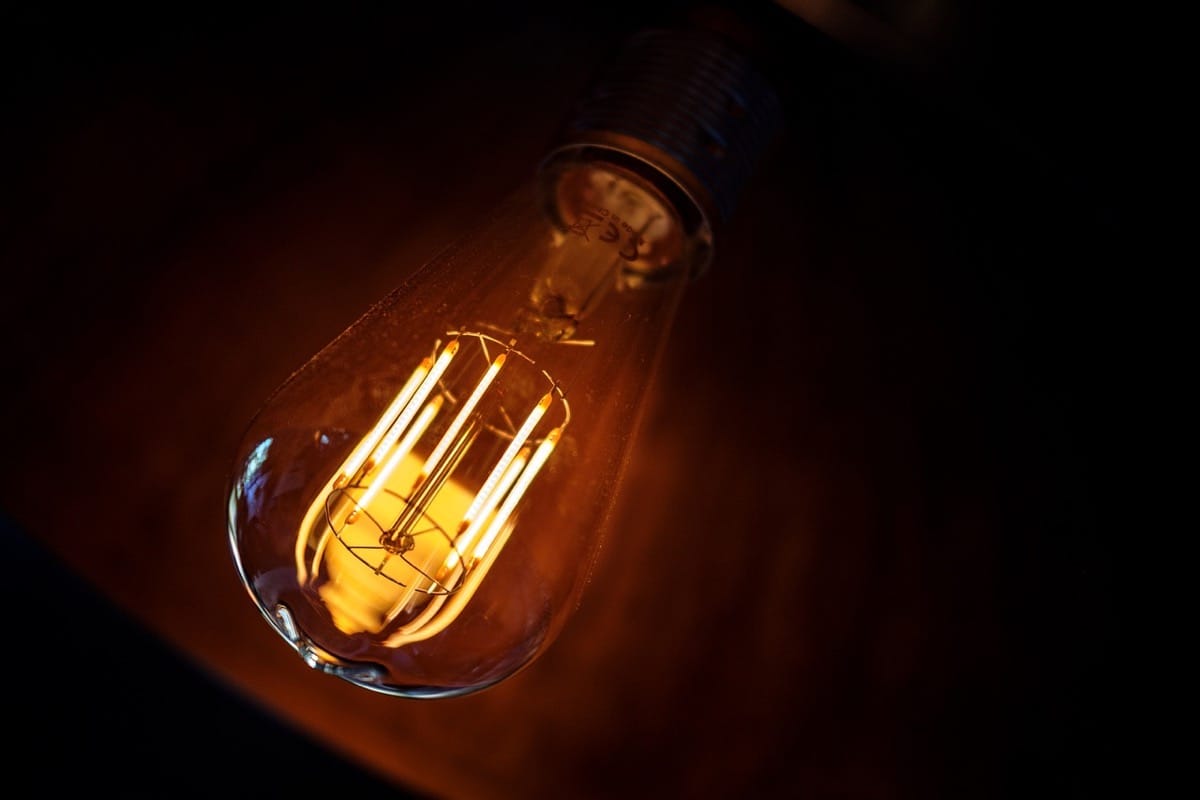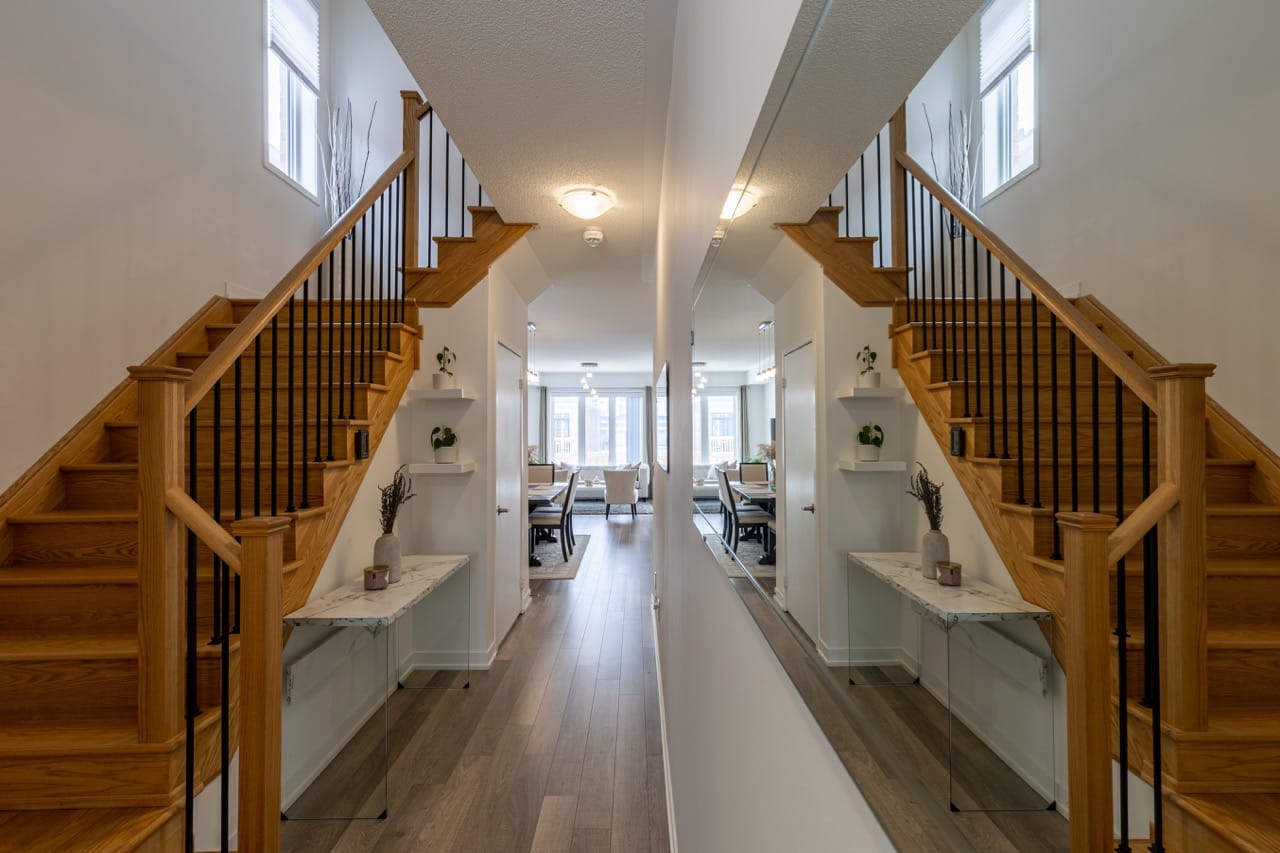As experts in the field of lighting technology, it is crucial to shed light on the lesser-known aspects of LED light bulbs. While LED bulbs offer numerous benefits such as energy efficiency and longevity, it is essential to also acknowledge the drawbacks that come with this popular lighting option. In this blog post, we will delve into the disadvantages of LED light bulbs that every consumer should be aware of. From issues like initial cost and color temperatures to potential health concerns and recycling challenges, understanding these drawbacks will help you make informed decisions when it comes to selecting the right lighting for your home or business. Let’s explore the nuances of LED light bulbs and gain a comprehensive understanding of their limitations.
The Potential Impact on Sleep Quality
LED light bulbs have gained popularity for their energy efficiency and longevity, but they come with their own set of disadvantages. One particular downside worth considering is the potential impact on sleep quality. The blue light emitted by LEDs can interfere with our natural sleep-wake cycle, also known as the circadian rhythm. This disruption can lead to difficulties falling asleep, staying asleep, and overall lower-quality rest.
Issues with Dimming Capabilities
And while LED bulbs have made great strides in mimicking traditional incandescent bulbs, they still face challenges with dimming capabilities. Some LEDs may flicker or have limited dimming range, which can be frustrating for those looking to create a cozy ambiance in their living spaces.
Color Temperature Challenges
But that’s not all – LEDs also present color temperature challenges. The cool, bluish light of some LED bulbs may not be as aesthetically pleasing as the warm, inviting glow of incandescent bulbs. This difference in color temperature can impact the ambiance of a room and even affect how colors appear.
Not only that, but the initial cost of LEDs can be a deterrent for some consumers. While they are more energy-efficient in the long run, the higher upfront cost may be off-putting to budget-conscious shoppers.
Impact on Circadian Rhythms
Disposal and environmental concerns are also important factors to consider. LED bulbs contain small amounts of toxic substances like lead and arsenic, making proper disposal crucial to prevent environmental harm.
In conclusion, while LED light bulbs have many benefits, it’s essential to weigh the potential downsides, including their impact on sleep quality, dimming capabilities, color temperature challenges, initial cost considerations, and environmental concerns. By understanding these disadvantages, consumers can make more informed decisions when selecting lighting options for their homes.
Issues with Dimming Capabilities
While LED light bulbs offer numerous advantages, there are some downsides to consider, particularly when it comes to their dimming capabilities. Let’s delve into why this aspect may present challenges:
Dimmed Light Fluctuations
One common issue with LED bulbs is that they may flicker or produce inconsistent light levels when dimmed, which can be frustrating and potentially disrupt the ambiance of a room.
Compatibility Concerns
Dimmable LED bulbs may not work effectively with all dimmer switches, leading to compatibility issues that require additional troubleshooting or the need to invest in specific dimmer types.
Limited Dimming Range
Compared to traditional incandescent bulbs, LED lights may have a reduced dimming range, making it challenging to achieve the desired level of brightness for a particular setting.
Moreover, the gradual decrease in light output as LED bulbs dim could impact the overall aesthetics and functionality of a space, potentially compromising the user experience.
And while advancements in LED technology continue to improve dimming capabilities, these issues remain relevant for individuals seeking versatile lighting solutions.
But fear not, as manufacturers are actively addressing these concerns to enhance the performance of dimmable LED bulbs. By conducting thorough research and seeking expert advice, consumers can navigate these challenges and make informed decisions when selecting lighting options.
Color Temperature Challenges
When it comes to the disadvantages of LED light bulbs, one of the key challenges lies in the aspect of color temperature. This refers to the hue of light that the bulb emits, ranging from warm yellow to cool blue tones.
Why does color temperature matter?
The color temperature of LED bulbs can significantly impact the ambiance and functionality of a space. Here’s why it can pose challenges:
- Inconsistencies: LED bulbs can vary in color temperature, causing inconsistencies in lighting throughout a room.
- Unwanted glare: High color temperatures may produce a harsh, cold light that can lead to glare and discomfort.
How does it affect everyday life?
Imagine trying to relax in a cozy living room with bright, cool-toned lighting that resembles a hospital rather than a welcoming space. It can influence your mood, making it harder to unwind after a long day.
On the other hand, overly warm light can distort colors and make it challenging to perform tasks that require accurate color perception, such as reading or cooking.
What can be done to address this challenge?
To mitigate the color temperature challenges associated with LED light bulbs, consider the following solutions:
- Choose carefully: Opt for LED bulbs with a color temperature that suits the purpose of each room.
- Use dimmers: Installing dimmable LED bulbs allows you to adjust the brightness and color temperature as needed.
By being mindful of color temperature and its impact, you can harness the benefits of LED lighting while creating the desired atmosphere in your home or workspace.
Initial Cost Considerations
When considering upgrading your lighting to more energy-efficient options, such as LED light bulbs, one of the primary drawbacks you may encounter is the initial cost. Let’s dive into why this may be a concern for you:
Financial Investment
LED light bulbs typically come with a higher price tag compared to traditional incandescent or CFL bulbs. This initial investment can be a deterrent for some individuals looking to save money upfront.
Upfront Budgeting Challenges
Adapting to the higher cost of LED lights may require adjusting your budgeting strategy. You might need to allocate more funds initially to make the switch, which can be a financial burden for some households.
And while the cost of LED bulbs has significantly decreased over the years, the upfront expense might still be a barrier for those on a tight budget.
Savings Over Time
However, it’s essential to consider the long-term benefits of using LED light bulbs. Although the initial cost is higher, LED bulbs are more energy-efficient and have a longer lifespan than traditional lighting options. This means that in the long run, you could potentially save more on your electricity bills and replacement costs.
But the question remains: Are the upfront costs worth the savings in the long term? That’s a decision each individual must make based on their financial situation and goals.
And while LED light bulbs may require a larger initial investment, the potential energy savings and longevity they offer can make them a cost-effective choice in the long term.
Impact on Circadian Rhythms
LED light bulbs have become a popular choice for their energy efficiency and longevity. However, there are some drawbacks to consider, particularly their impact on our natural sleep-wake cycle, also known as our circadian rhythms.
The Potential Impact on Sleep Quality
Have you ever noticed that after staring at screens or bright lights, you find it hard to fall asleep? LED light bulbs emit a higher concentration of blue light, which can disrupt the production of melatonin, the hormone responsible for regulating sleep.
Issues with Dimming Capabilities
While LED bulbs are known for their brightness, some may struggle with dimming capabilities. The inability to adjust the intensity of the light can further affect your body’s ability to wind down and prepare for sleep.
Color Temperature Challenges
LED bulbs come in various color temperatures, ranging from warm to cool hues. Opting for cooler temperatures in the evening can trick your brain into thinking it’s daytime, hindering your ability to relax and unwind.
Initial Cost Considerations
Although LED bulbs are more energy-efficient in the long run, their initial cost can be higher than traditional incandescent or compact fluorescent bulbs. This upfront investment may deter some individuals from making the switch.
Disposal and Environmental Concerns
LED bulbs contain electronic components and materials that require proper disposal. Improper disposal can lead to environmental hazards, contributing to electronic waste accumulation in landfills.
Consider the impact of LED light bulbs on your daily routine and overall well-being. While their energy efficiency is commendable, be mindful of how they may affect your sleep quality and circadian rhythms. It’s essential to strike a balance between energy savings and maintaining a healthy sleep environment.
Disposal and Environmental Concerns
When it comes to the disposal of LED light bulbs, there are several environmental concerns that need to be taken into consideration. While LED bulbs offer numerous benefits in terms of energy efficiency and longevity, their disposal can pose some challenges:
Toxic Materials
LED bulbs contain toxic materials such as lead and arsenic, which can be harmful to the environment if not disposed of properly. These materials can leach into the soil and water supply, causing potential harm to plants, animals, and humans.
Electronic Waste
As with any electronic device, LED bulbs contribute to the growing problem of electronic waste. Improper disposal of LED bulbs can result in them ending up in landfills, where they can release hazardous substances into the environment.
Recycling Challenges
Unlike traditional incandescent bulbs, LED bulbs are not easily recyclable due to their complex composition. Disposing of LED bulbs in regular recycling bins may not be sufficient, as specialized recycling facilities are often required to handle them properly.
Energy Consumption
The manufacturing process of LED bulbs consumes energy and resources, contributing to their environmental footprint. While LEDs are more energy-efficient during their lifespan, the production phase can have a significant impact on the environment.
Ultimately, while LED light bulbs offer many advantages, it is essential to be mindful of their environmental impact and take steps to dispose of them responsibly. By properly recycling LED bulbs and minimizing electronic waste, we can help mitigate their negative effects on the environment.
Conclusion
As we wrap up our exploration of the disadvantages of LED light bulbs, it’s crucial to understand that every technology comes with its own set of drawbacks. While LED light bulbs offer numerous benefits such as energy efficiency and longevity, they also have their downsides that cannot be ignored.
From the initial cost of purchase to the potential issues with dimming capabilities and color quality, it’s important for consumers to weigh these drawbacks against the advantages before making a decision. Despite these limitations, the continuous advancements in LED technology are addressing many of these concerns, offering more efficient and reliable lighting solutions.
By staying informed and considering all aspects of LED light bulbs, consumers can make educated choices that align with their lighting needs and preferences. Remember, knowledge is power when it comes to navigating the world of lighting technology!
Frequently Asked Questions (FAQs)
What are the disadvantages of LED light bulbs?
LED light bulbs have several drawbacks despite their many advantages. Some of the common disadvantages include:
Do LED light bulbs emit heat?
While LEDs produce significantly less heat compared to incandescent bulbs, they still generate some heat. However, the heat produced is much lower and is directed towards the back of the bulb, which can cause issues in enclosed fixtures.
Are LED light bulbs dimmable?
Not all LED bulbs are dimmable. Some cheaper or older LED models may not be compatible with dimmer switches, leading to flickering, buzzing, or reduced lifespan when used with dimmers.
Do LED light bulbs contain any harmful substances?
LEDs do not contain mercury like CFL bulbs, but they may contain other hazardous substances such as lead or arsenic. Proper disposal methods are recommended for environmentally friendly disposal.
Do LED light bulbs flicker or cause eye strain?
In some cases, LED bulbs may flicker, especially when they are of poor quality or incompatible with the fixtures. Flickering can lead to eye strain and headaches for some individuals.
Can LED light bulbs interfere with electronics?
LED bulbs may produce electromagnetic interference that can affect nearby electronics like radios, TVs, and Wi-Fi routers. This interference can lead to poor device performance or connectivity issues.




